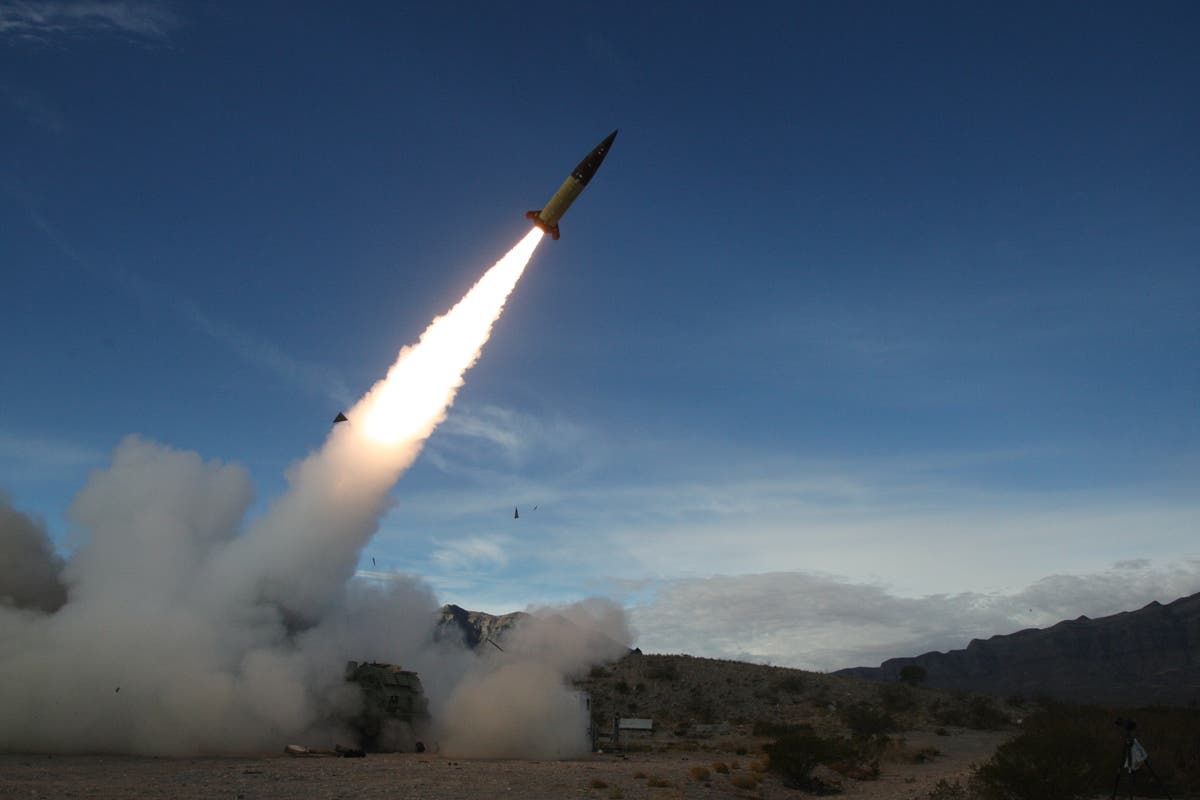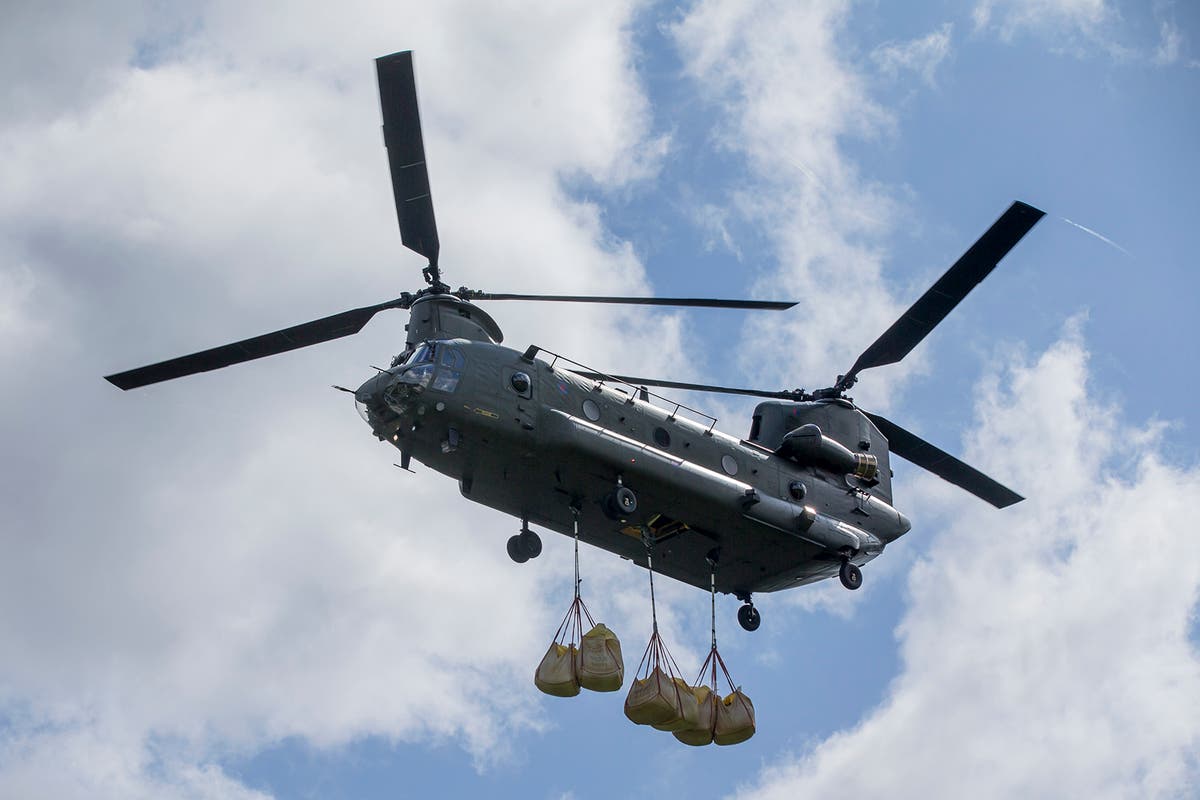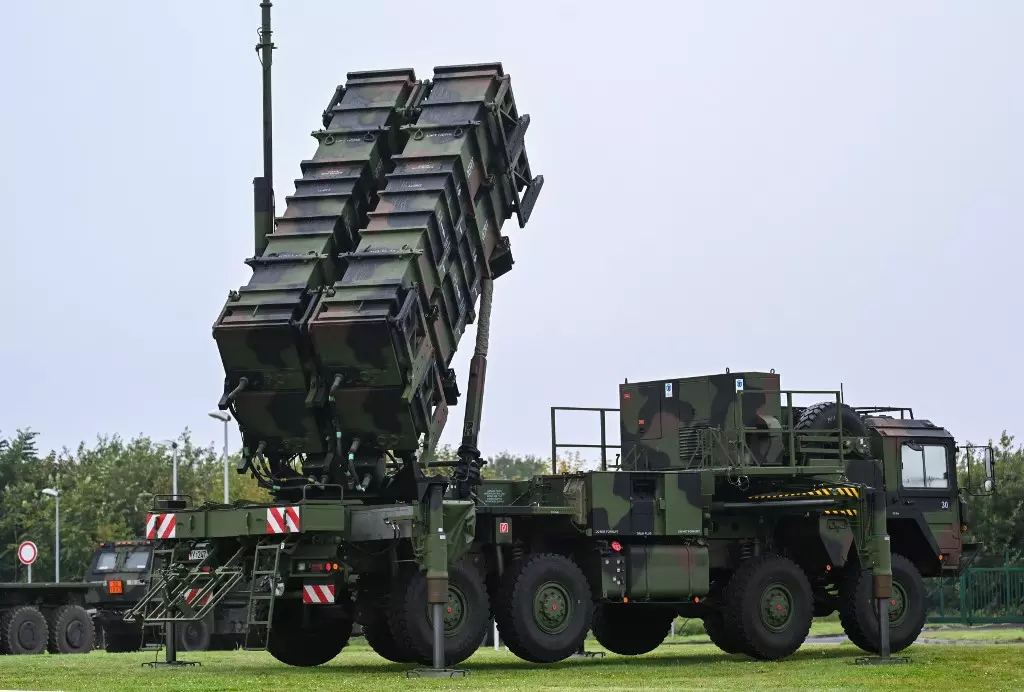Army projects drastically cut as Australia fast-tracks massive build-up of land-based missiles in Defence shake-up
ABCA multi-billion-dollar project to build high-tech army vehicles will be slashed by more than two-thirds as part of a dramatic realignment of Australia's military that will fast-track the purchase of land-based missiles to deter rising regional threats. Key points: Plans for new army vehicles will be dramatically cut back as the government fast-tracks a massive build-up of land-based missiles The government says military projects announced since 2020 are underfunded by 24pc over the next four years Full details of the government's response to the Defence Strategic Review are expected to be made public before Anzac Day The federal government has confirmed its long-awaited response to the Defence Strategic Review will include reducing the number of infantry fighting vehicles from 450 to 129 and cancelling a planned second regiment of self-propelled Howitzers. Independent review Recommendations for army projects in review: Land Combat Vehicle System should be reduced to 129 vehicles to provide one mechanised battalion Army Littoral Manoeuvre Vessels should be accelerated and expanded Long-Range Fires should be accelerated and expanded Land-Based Maritime Strike should be accelerated and expanded Protected Mobile Fires should be cancelled For months, Defence Minister Richard Marles has spoken of the need for "impactful projection" and next week’s DSR will also recommend speeding up and expanding the acquisition of land-based anti-ship missiles for the army. The independently led review will reveal that new military capability purchases announced since the Morrison government's 2020 Defence Strategic Update are underfunded by 24 per cent over the next four years, and by $42 billion over the next decade. According to the report completed by former Labor defence minister Stephen Smith and former defence chief Angus Houston, some ADF projects should be immediately delayed, reduced or cancelled to help fund higher-priority capabilities.
History of this topic
Discover Related

)








)






















